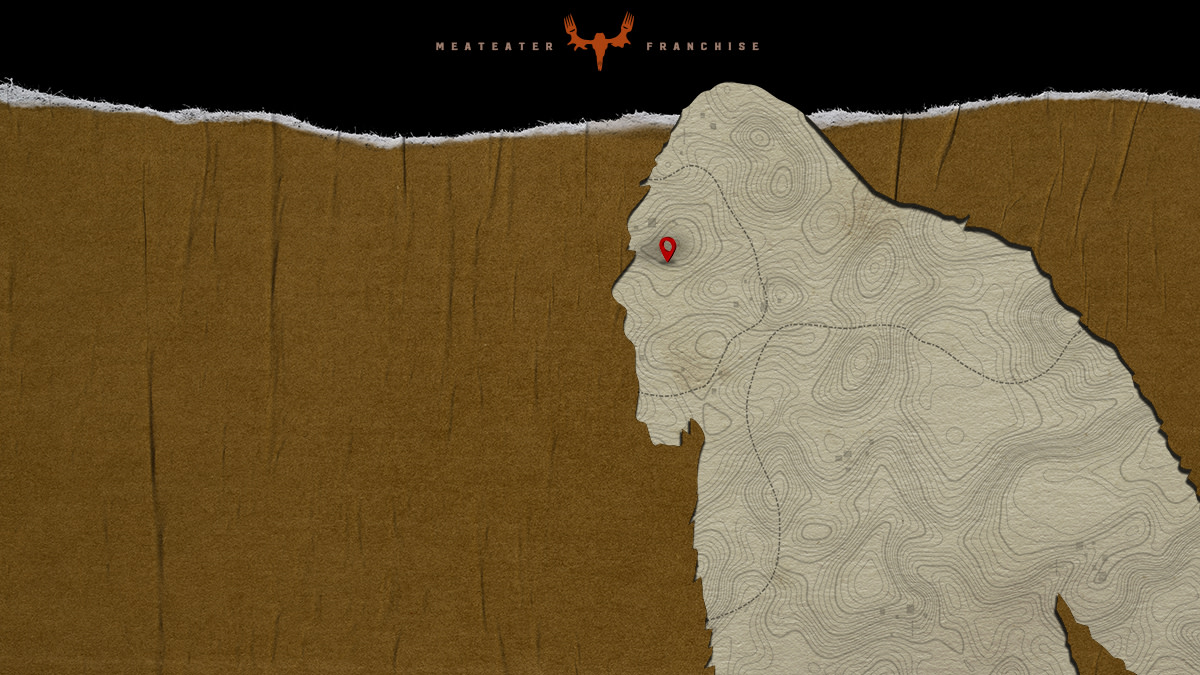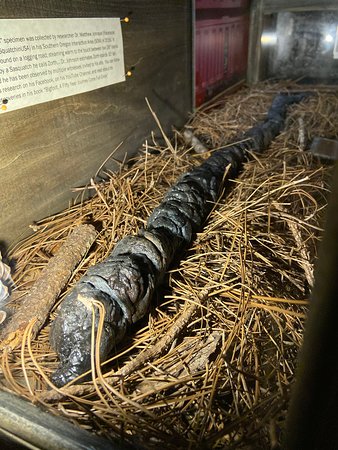
We don’t believe in Bigfoot at MeatEater, but we’re damn interested in him. To see if our crew of staunch skeptics could be swayed, we gathered the most respected Bigfoot authorities to answer our most pressing questions. This is part four of our eight-part series, Ask a Squatcher.
I’ve always heard it said that the diet of Bigfoot is like that of a bear. Our experts agree there, but when I read their responses about what Sasquatch eats, I actually see a lot of similarities to humans.
A surprising omission from this list? Mushrooms. But I sincerely hope Bigfoot never discovers the elegant taste of a morel—they’re hard enough to find already (morels, not Sasquatches).
Jeremiah Byron
Jeremiah Byron is the host of the Bigfoot Society Podcast. His weekly show provides a platform for the people who make it their life’s work to prove that Bigfoot exists.
“Bigfoot are omnivores, which means they eat both plants and meat. I’ve seen accounts that they eat everything from berries, leaves, nuts, and fruit to salmon, rabbit, elk, and bear.
“Some people try attracting Bigfoot with fruit pies and leave them in a gifting area, which are usually taken by the Bigfoot the next day. An interesting fact I’ve found about Bigfoot is that if you have an area with a large population boom of animals, such as salmon or rabbits, then this can be a thing that attracts the Bigfoot to that area.”
Ronny Le Blanc
Ronny Le Blanc hosts the show “Expedition Bigfoot” on Travel Channel. His team claims to have Bigfoot evidence that includes hair samples, infra-sound vocalizations, footprints, nests, and thermal imagery. He is the author of “Monsterland,” a deep dive on the Bigfoot phenomenon.
“It has been surmised that the diet of Sasquatch is consistent with that of bears. It is believed they are omnivorous and opportunistic eaters like coyotes when weather isn’t favorable. Berries and fruits are plentiful in the Bigfoot hot spot regions. Deer is another plentiful and important food source that is believed to be their main protein source. Many sightings by hunters and hikers claim they saw Sasquatch chasing deer, as well as witnessing them dragging or carrying a deer carcass on their shoulders.
“Digging up rocks and stacking them to find rodents has also been witnessed. Grasses, roots, larvae, carrion, elk, ducks, fish, and vegetables plucked from farms and gardens are also food sources of Sasquatch. Stories from early settlers in New England tell of Bigfoot stealing hogs and cattle from farmers. Habituaters, or people living close to Bigfoot families, say they’ll eat everything from fish and venison to peanut butter sandwiches and Snickers.”

Dr. Jeffrey Meldrum
Dr. Jeffrey Meldrum is a professor of Anatomy and Anthropology. His lab in Pocatello, Idaho, houses over 300 footprint casts from a mysterious North American primate. He is the author of “Sasquatch: Legend Meets Science,” which explores the scientific evidence for Bigfoot.
“Other than the occasional naughty child, the Sasquatch diet appears to be rather omnivorous. That is, they have a quite-varied diet, including everything from roots and berries to salmon and elk.
“They don’t have the claws or projecting canines of a carnivore. Instead, they have manual dexterity and massive jaws with enormous, thickly-enameled grinding teeth, allowing them to process foods unavailable to competitors like bears. Their size and presumed primate gut physiology could make it possible to digest and detoxify a wider range of plant materials, from lichens to alder leaves. Natives complained of them stealing salmon from drying racks. Hunters witnessed them snatching deer from their sights.”
Clifford Barackman
Clifford Barackman runs the North American Bigfoot Center, a museum dedicated to Sasquatch in Oregon. He is also the evidence analyst for Animal Planet’s “Finding Bigfoot” and made an appearance on History Channel’s “Monsterquest.”
“Sasquatches are omnivores, so their diet includes both meat and plants. They have been observed eating various plants, both nutritional and medicinal. They have also been observed stalking and killing big game like deer and hogs, and small game like raccoons and rodents.”
Feature graphic via Hunter Spencer.



